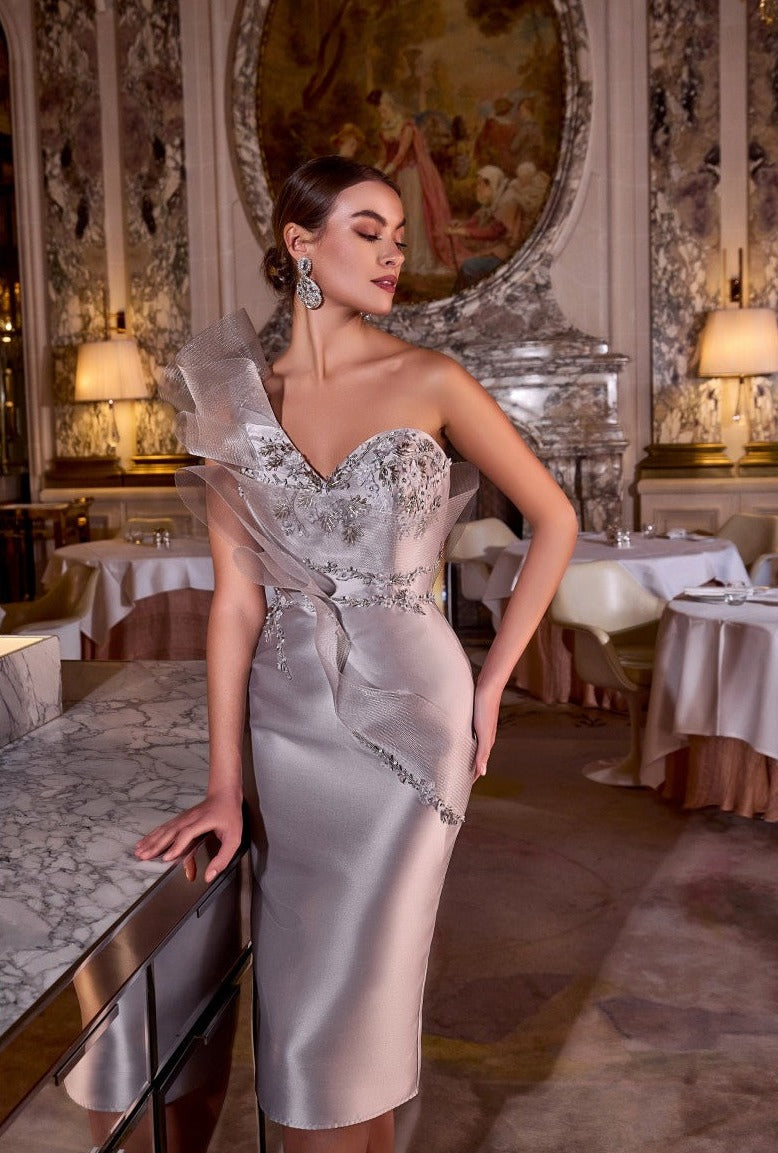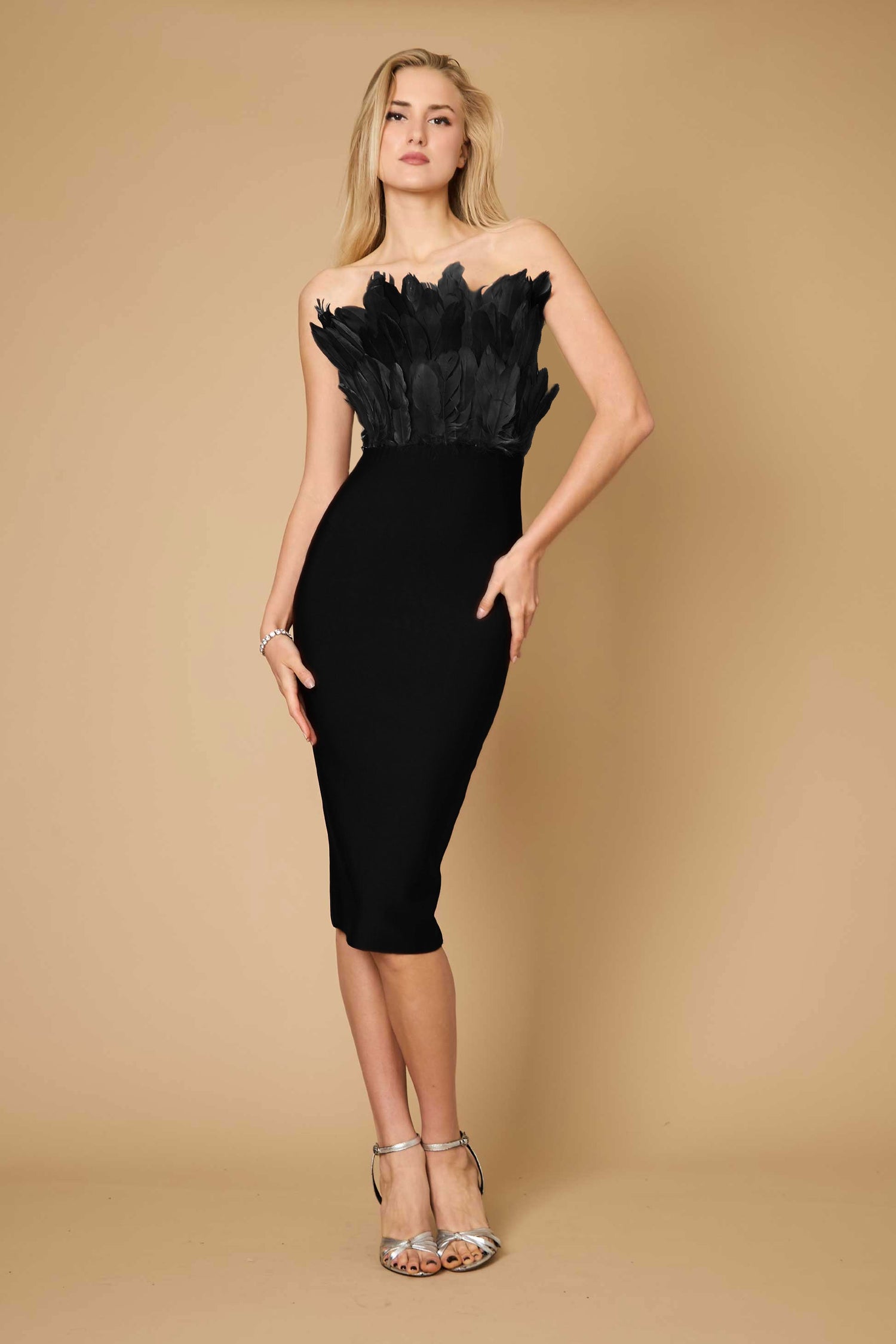Table of Contents

Inauguration Day is always a historic and spectacle-filled day. After the president-elect and vice president are sworn into office, they are immediately joined on stage by their spouses and families to share in the momentous occasion. The swearing-in of the new president is the single most important day of his term. It's a day filled with pomp and circumstance, but like any other day, the First Lady has stepped out to meet the world in her inaugural gown. It's a moment in time that marks a change for the country, as well as for her as she steps into a new role. From slavery, to suffrage, to sexual inequality, to physical disability, these first ladies have represented a vast cross-section of American culture, values, and lifestyles. While each brings her own distinct set of attributes, it's undeniable that most come out in their inaugural ballgowns as the classy (and glamorous) first ladies we've come to know them as.
The inaugural gown of the First Lady is an important aspect of historical fashion. Understanding the history of such garments brings these women to life in a different manner than merely reading the written word.
History often dictates how we view our leaders, and some of that is through the clothing they choose to wear. When the first lady wins the election (commiserations to the Republican party), she creates a fashion statement. It takes years for a woman to plan her outfit, with plenty of opportunities for journalists to analyze and ridicule her choices.
The clothes we wear say a lot about us especially the clothes that we don't wear. In the case of the first lady, what she wears says a little more. The inaugural gowns worn by first ladies are usually considered some of their most important clothing undertakings during their terms in office. Whether they choose an American designer or an international one, and whether it's long sleeved or short, the style and designer of the dress are scrutinized by fashion critics every four years.
The first lady of the United States wears many hats to represent her country. While she is the U.S.'s hostess, some say the First Lady can best be described as a combination of ambassador, fashion model, and her greatest role of all... a mother. Since she follows in the footsteps of such strong willed women as Jacqueline Kennedy, Hillary Clinton, and Michelle Obama, it is no wonder that the first lady's inaugural gown is almost as important as the swearing-in itself. Here are some picks for the inaugural gowns of our first ladies of all time.

Jacqueline Kennedy
In 1961, Jacqueline Kennedy wore an off white silk chiffon gown with a strapless bodice covered in brilliants and embroidered silver thread to two inaugural balls. The sleeveless dress was designed by Ethel Frankau of Bergdorf Custom Salon and based on sketches and suggestions from Mrs. Kennedy. It was worn with a matching cape.
The Washington Post reported that the First Lady’s “career as a major fashion influence was beginning impressively.”
Michelle Obama
Michelle Obama is one of the most fashion-savvy first ladies in history. During Barack Obama's first term as president, Michelle Obama wore a variety of designers and flaunted a wide range of looks, from sophisticated to sassy.
For her husband's second inauguration in 2013, Mrs. Obama opted for a ruby colored
chiffon dress by designer Jason Wu (who also created the outfit she wore to the Commander-in-Chief's Ball). The dress featured an asymmetrical neckline with a fitted bodice and a circle skirt with red flowers embroidered on the hemline.
Hillary Clinton
Former First Lady Hillary Rodham Clinton wore this beaded sheath gown with a mousseline overskirt to the 1993 inaugural balls. Designed by Sarah Phillips, and made by Barbara Matera Ltd., a New York theatrical costume maker, the dress was violet and had an iridescent blue velvet overlay.
Laura Bush
The First Lady chose a dazzling red gown for her appearance at the 2001 inaugural ball in Washington, D.C. Designer Michael Faircloth was also from Texas and his design for the elaborate gown drew attention for its use of crystal embroidered Chantilly lace over silk georgette. Mrs. Bush worked with a sketch and a description of the dress to be released two weeks before the inauguration. Many speculated that
Faircloth's choice of a brilliant red was intended to bring out the color in Mrs. Bush's hair and eyes.
Melania Trump
On October 20, 2017, First Lady Melania Trump presented her inaugural ball gown to the National Museum of American History’s First Ladies Collection. The First Ladies' Collection is a major attraction at the museum. Melania’s dress will be displayed with other presidential-ball dresses as part of "The First Ladies" exhibition. The gown was designed by French-born American fashion designer Hervé Pierre.

Inauguration Day is not only a memorable day for Americans, but it's also a day that marks the beginning of a new chapter in the life of our nation's First Lady. It's certainly an important moment for the country as a whole, but it's also one that means much for each woman who steps into the role. Whether she comes in as an ambassador or just a simple wife, we can all agree that there are certain expectations she'll be expected to fulfill, but at the same time, we have seen countless examples of these women defying
convention in fulfilling their roles as First Ladies.
First ladies are undoubtedly much more than just the president's spouse. They function as his closest advisers, confidants, and partners. They also maintain a close bond with their successors and serve as advocates for historic preservation and arts education. With all that role entails, it shouldn't come as much of a surprise that some presidents have opted to stay married to their first ladies after leaving office. Given the
honor, respect, and influence that a first lady holds in the White House, it's no wonder the American public is so eager to see her inaugural ballgown.
For more than two centuries, the First Lady's dress has played an important role in American politics. It's true that fashion always makes a statement, even when it comes to the First Lady and her inaugural gowns. It's a suitably serious occasion, but it can also be wonderfully whimsical at times. The evolution of the First Lady's dress is a striking part of American political history and culture it shines a light on both past and present events in our nation and culture. From Lady Martha Washington's colonial-inspired gown to Michelle Obama's modern take on ballgowns, fashion can truly reflect the moment in which we live.
First ladies are so much more than what they wear, but the significance of their inaugural day gowns does have an impact on the role of first lady, and therefore on American culture. It's these dresses that help shape our perception of first ladies throughout history, as well as provide us with a glimpse into their personalities. Though it's difficult to quantify the value of what these inaugural gowns represent,
as a society we should be mindful of the opportunities that are presented by this day for celebrating the position and power of some amazing women in our country. What do you think about the first lady's inaugural gowns? Do you have a favorite or one that's your least favorite?
